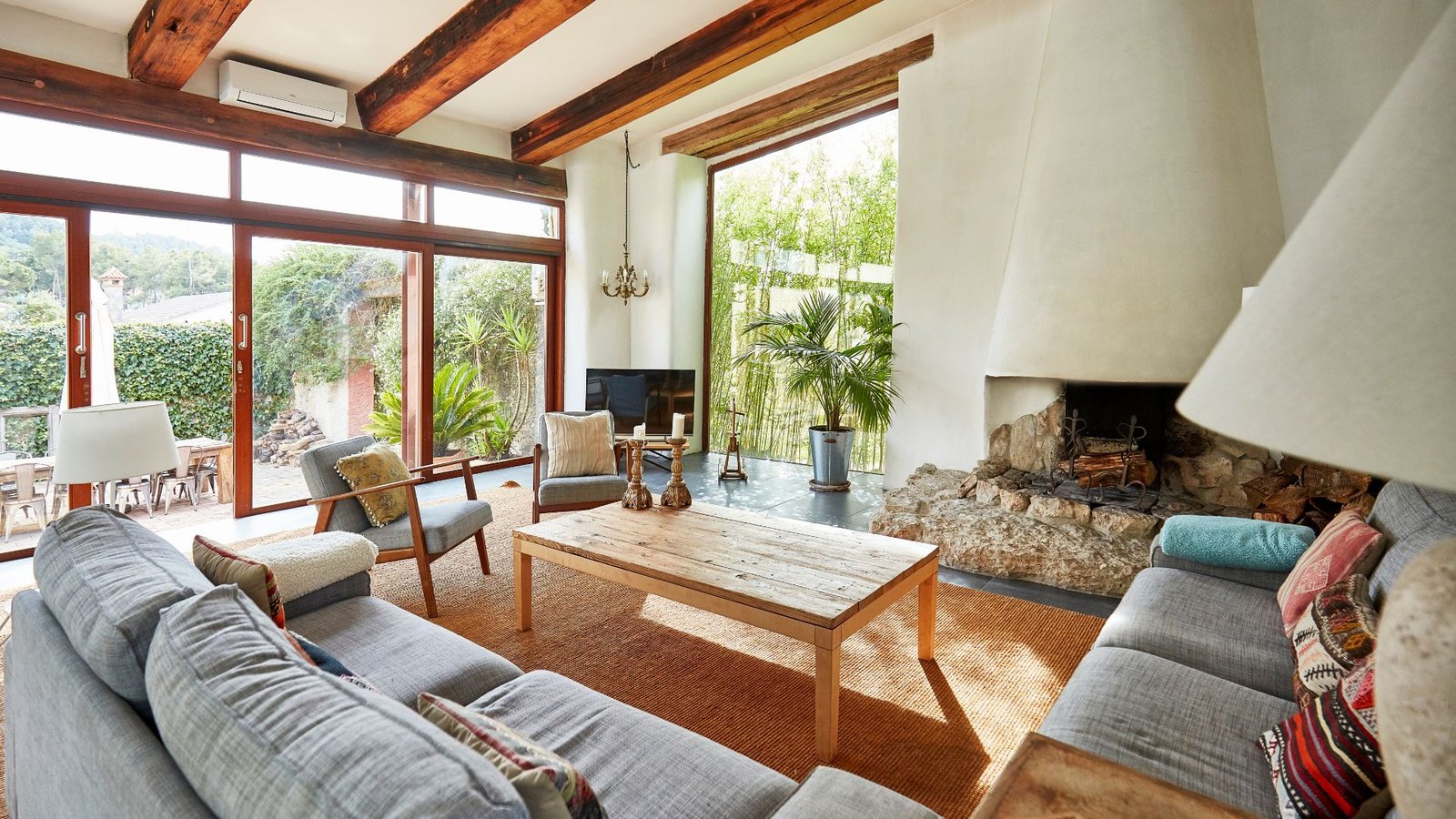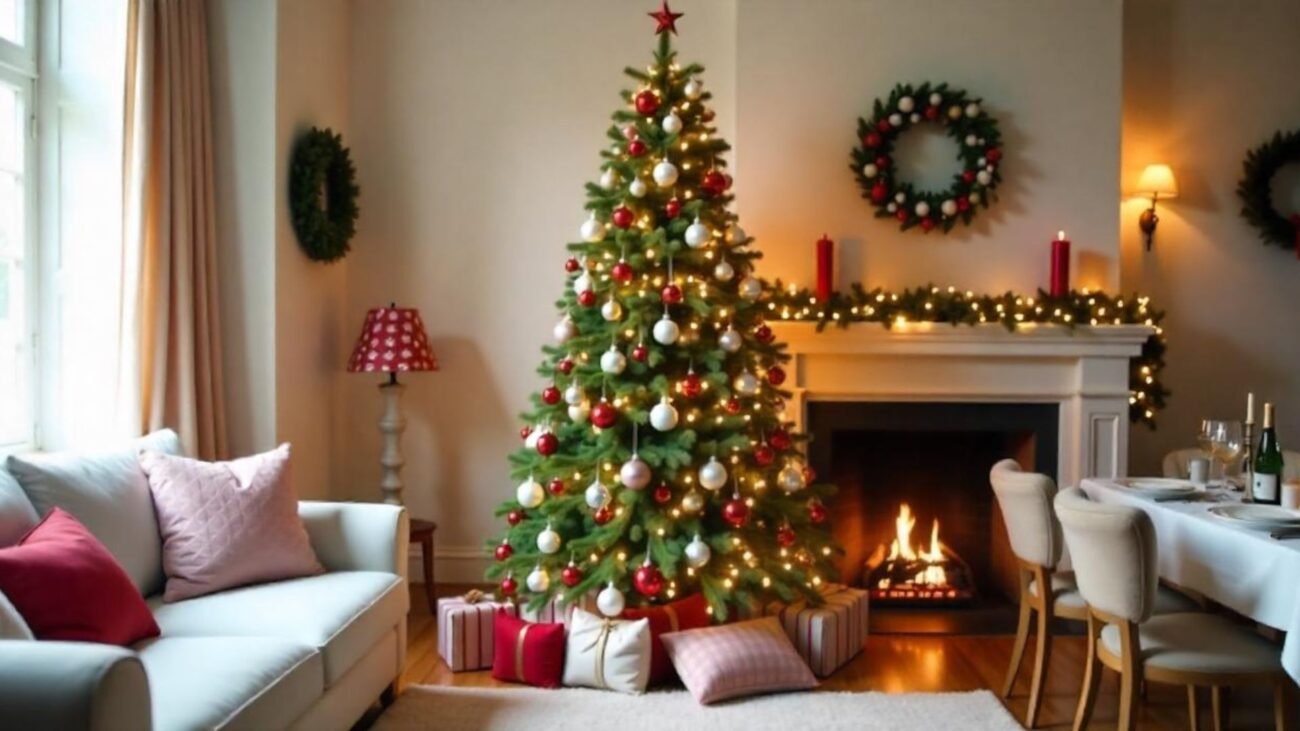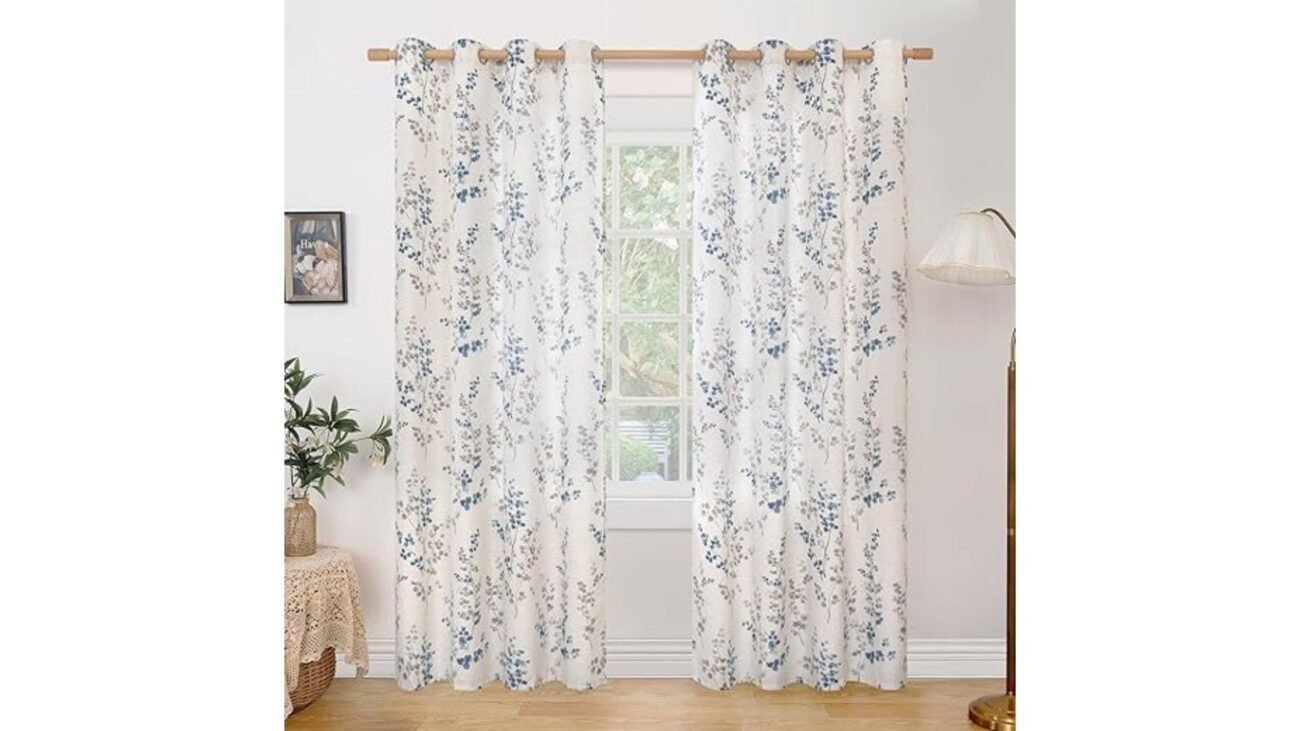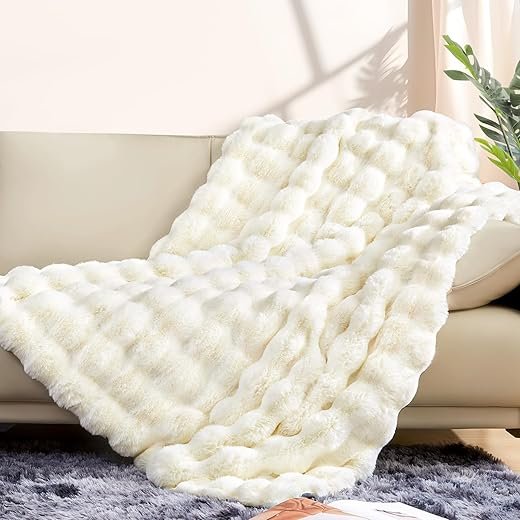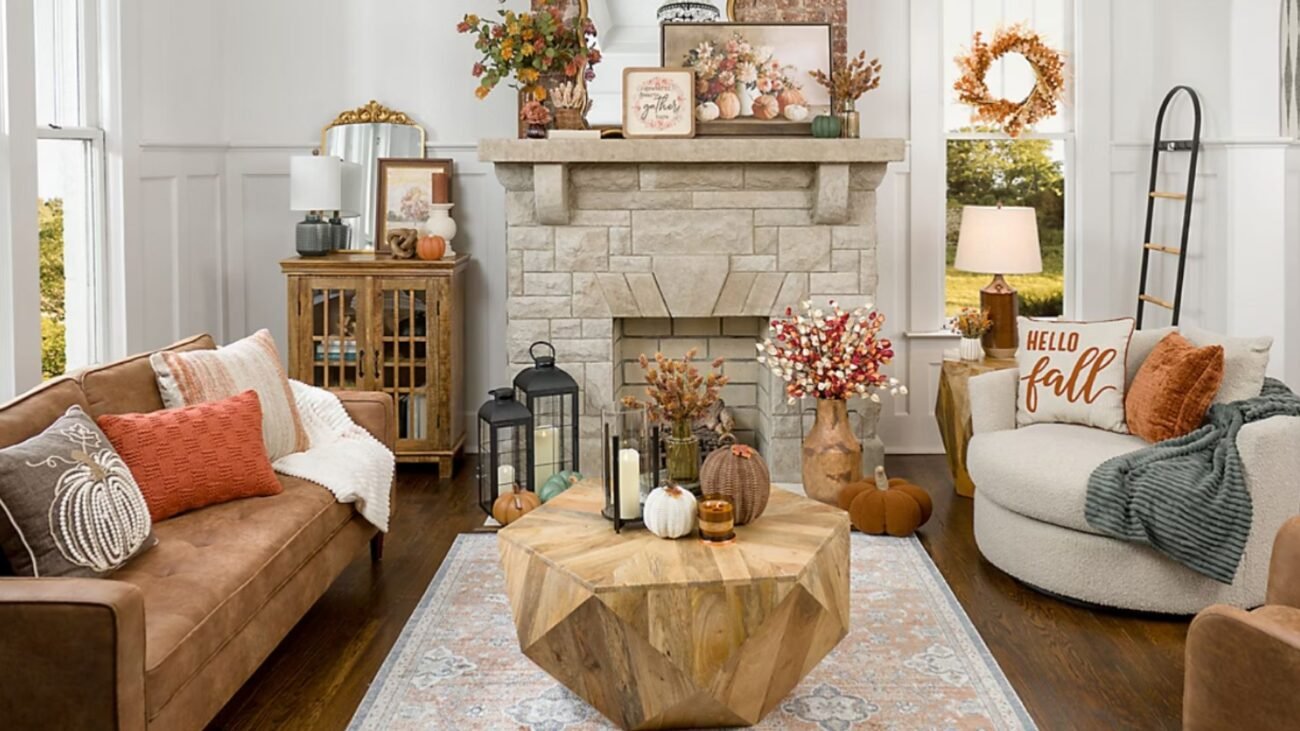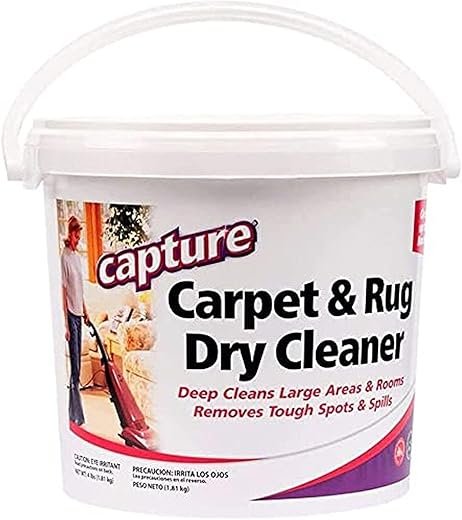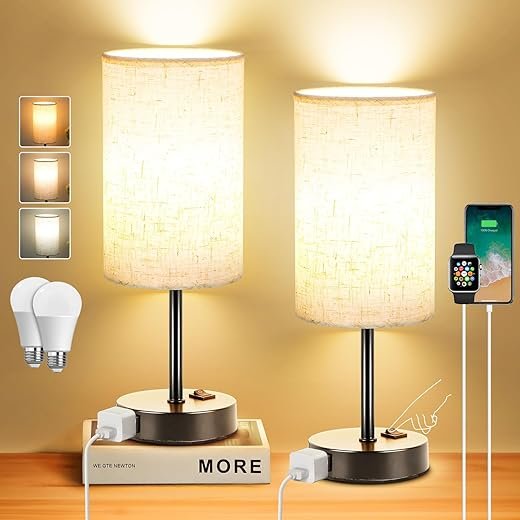Mediterranean design celebrates freedom and openness. It combines warm hues, natural textures, and relaxed elegance. This timeless approach brings a vibrant, carefree spirit to any space.
The full name of the Mediterranean design is Mediterranean Revival. his style originates from European countries on the northern Mediterranean coast. IIt blends Renaissance Spanish, Spanish Colonial, Italian Renaissance, Beaux-Arts, and Venetian Gothic influences.
Mediterranean design uses inviting colors and a relaxed look. It captures the romance and freedom of the sea. This style captured the hearts of U.S. coastal residents in the late 19th century. Mediterranean design adds life to any space. Its rustic charm comes from Tuscany, and its vibrant colors from Greece. It feels warm and approachable..
Mediterranean Revival architecture emerged in the 19th century. It peaked in the 1920s and 1930s. It spread from Florida and California to other parts of the United States and Canada. This architectural movement drew inspiration from palaces and seaside villas. It infused these elements into coastal resorts. The style features rectangular floor plans, symmetrical facades, stucco walls, and red-tiled roofs. It also includes arched windows and lush gardens. Architects like August Geiger, Addison Mizner, and Bertram Goodhue shaped the landscape. In a modern world, people seek authenticity, tranquility, and a bond with nature. Mediterranean architecture is often called the “call from the ocean.” It is a key trend in many countries. This style uses natural materials, earthy tones, and blends indoor and outdoor spaces.
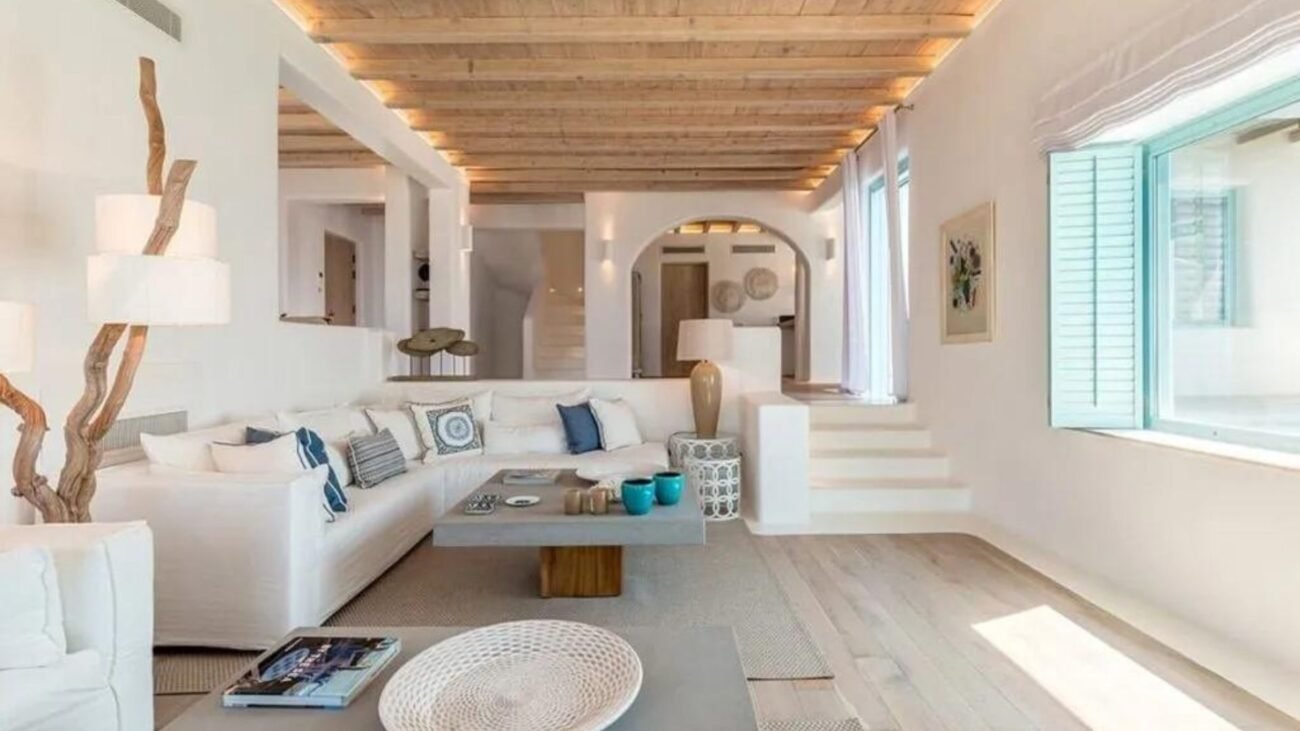
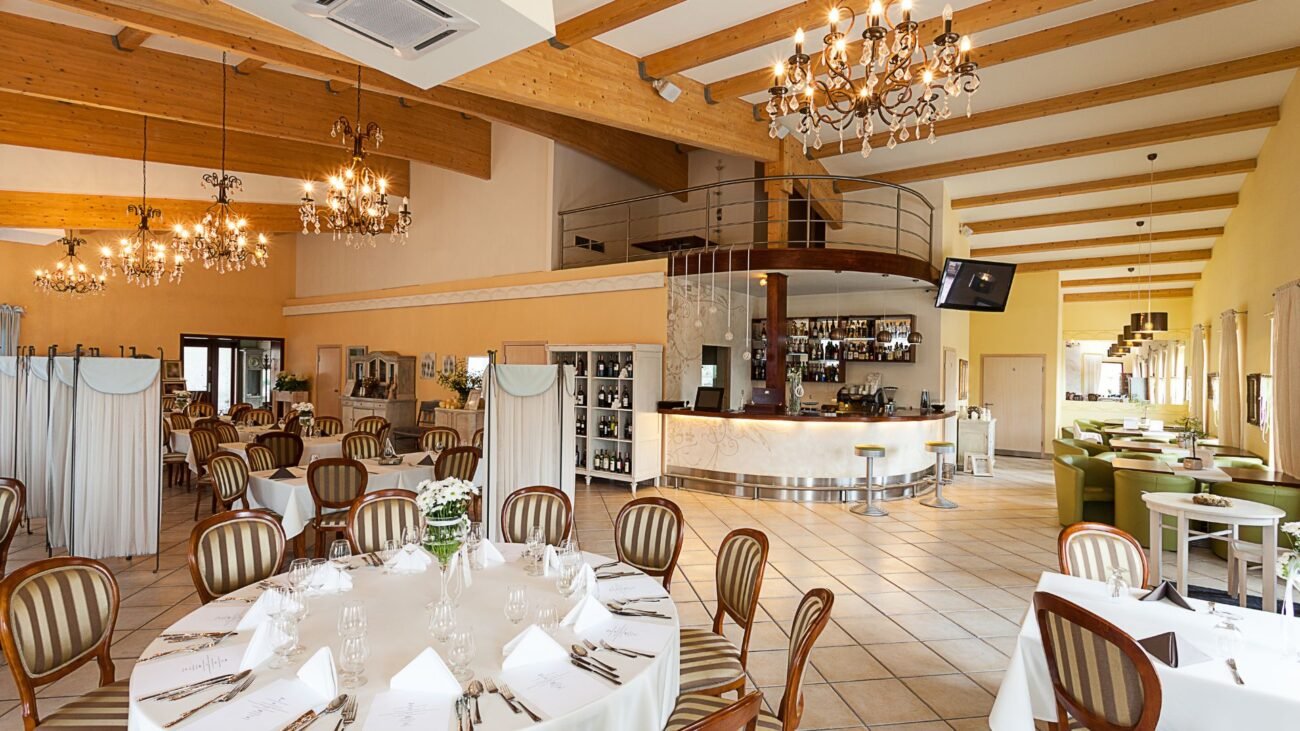
Mediterranean style restaurant
1. The unique features of Mediterranean design Furniture style
1.1. The Colors of Mediterranean Interior Design:
Mediterranean design stands out with its unique color palette. Its union is unmistakable. People opt for colors they know well.
- White beach sand: Reflecting the sandy beaches and the purity of light
- Sunrise Yellow: Evoking the early morning sun.
- Olive Green: Symbolizes lush vegetation and nature.
- Ocean Blue: Representing the vastness of the sea.
- Terra Cotta: The warm, earthy hue reminiscent of sun-baked clay.
- Lavender Purple: Inspired by the fragrant lavender blossoms.
These blended colors evoke the sea, creating a space of comfort and nature. Mediterranean interiors use a simple base of white, blue, and sandy yellow. Rich tones like brown and purple accent them, making a strong impact.
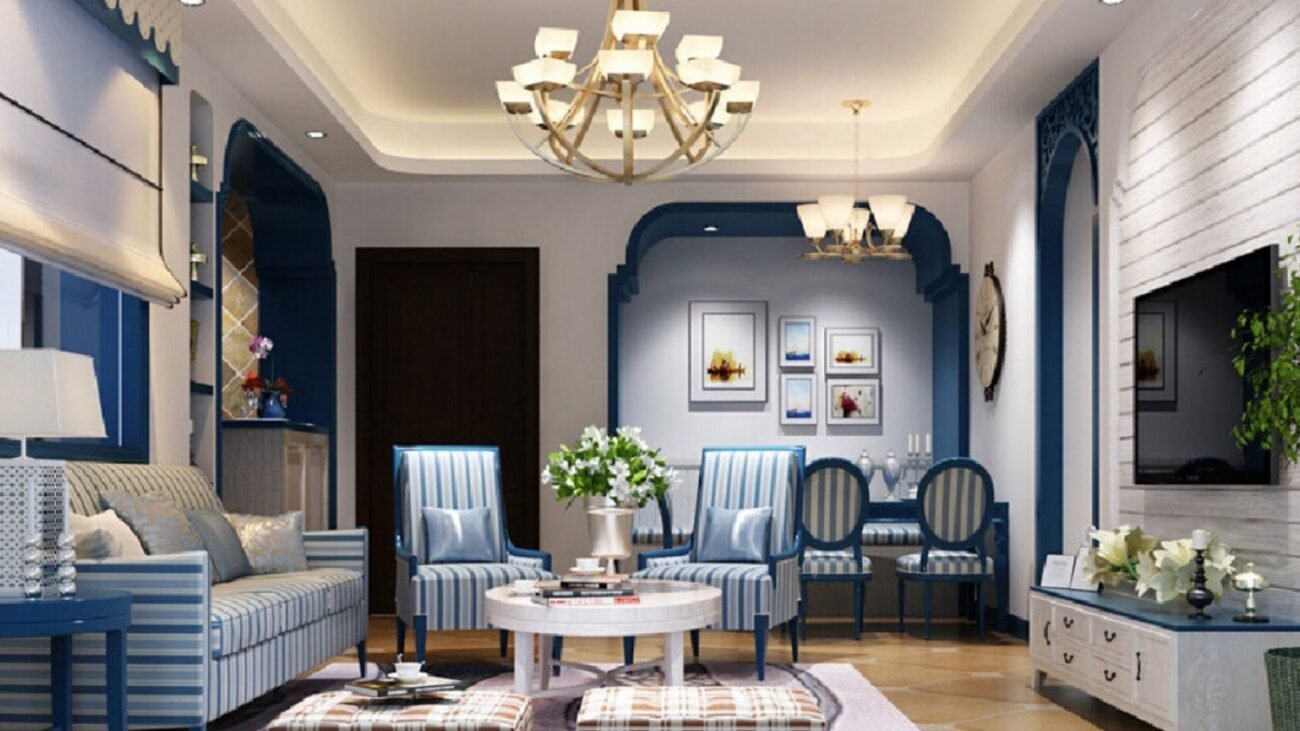
A Mediterranean-style villa with dominant colors of green and white.
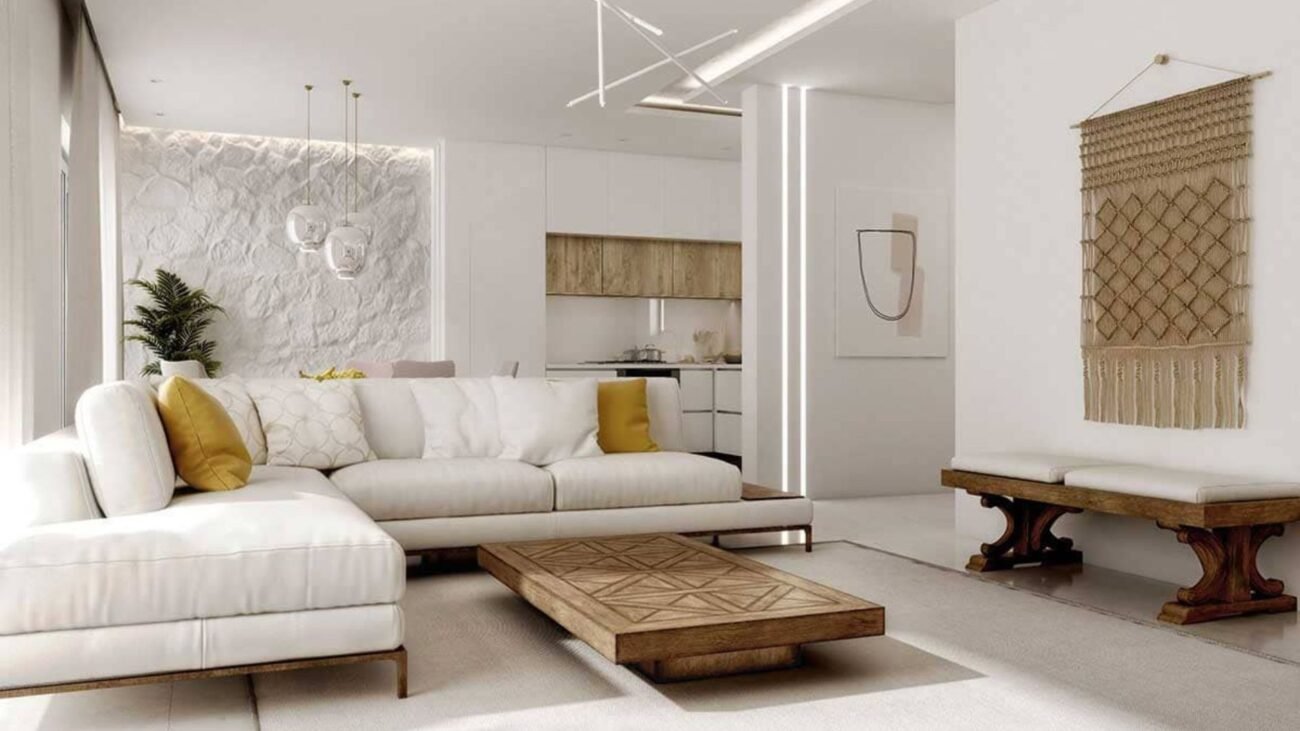
Mediterranean style often uses typical colors as the white of beach sand.
1.2. Use of Furniture and Accessories in Decoration:
Mediterranean and rustic country styles both create peaceful spaces with color and materials. But Mediterranean design is more modern and practical.
Mediterranean design furniture and accessories, like classic European interiors, avoid excess and complexity. They focus on simplicity, neatness, and a natural look.
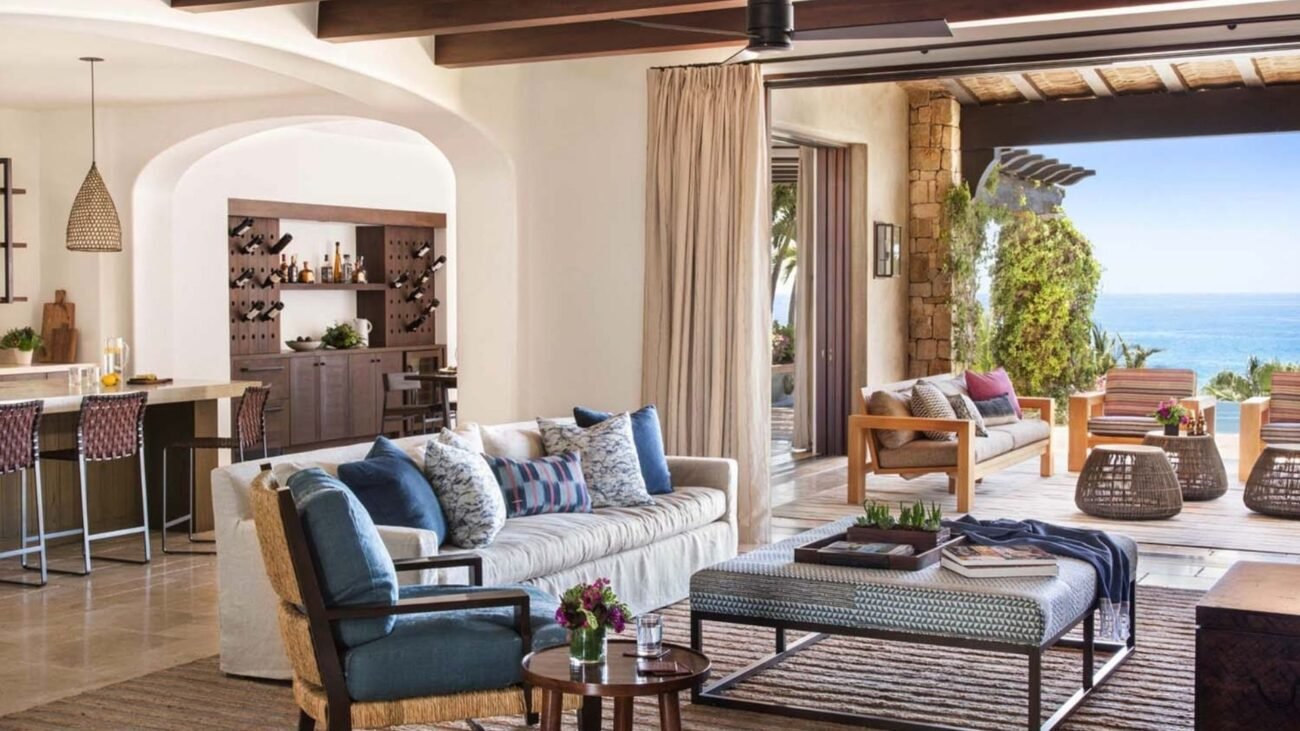
Mediterranean interiors often feature floor rugs and pendant lights. These rugs often have vibrant natural patterns. They add unique focal points to the space.
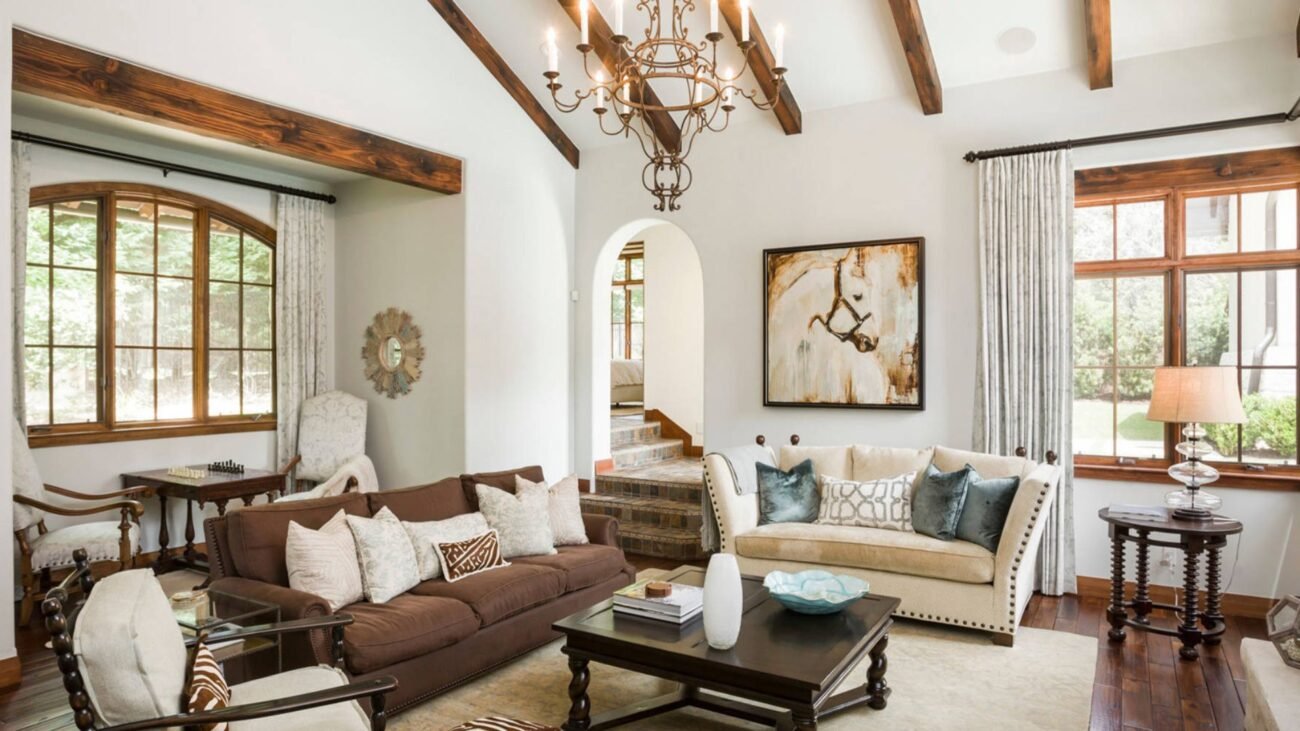
Furniture and decorations in Mediterranean design are often spread out and asymmetrical. They are usually square or rectangular, fitting seamlessly into the airy, spacious environment.
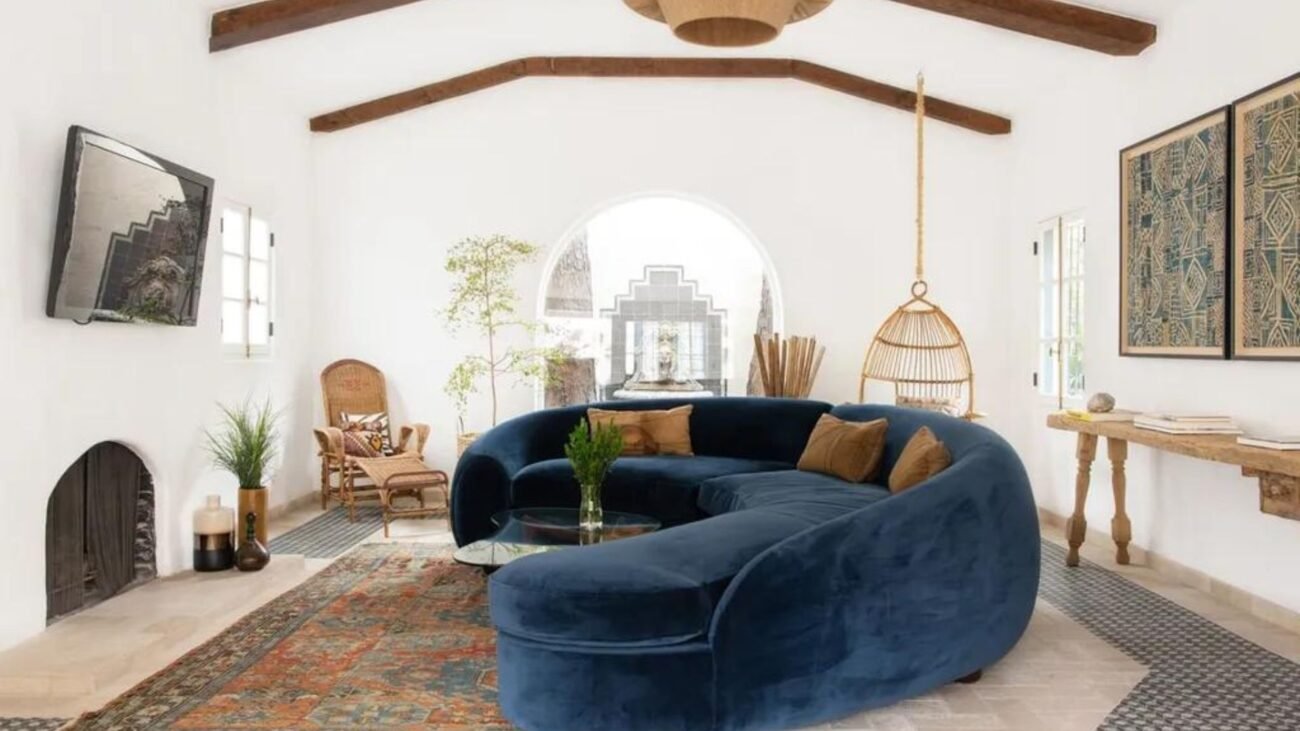
Furniture with Mediterranean style
1.3. Natural materials in design:
In Mediterranean design, don’t forget the natural elements of sun-soaked regions. These elements craft a space that exudes comfort, cheer, rustic charm, and naturalness.
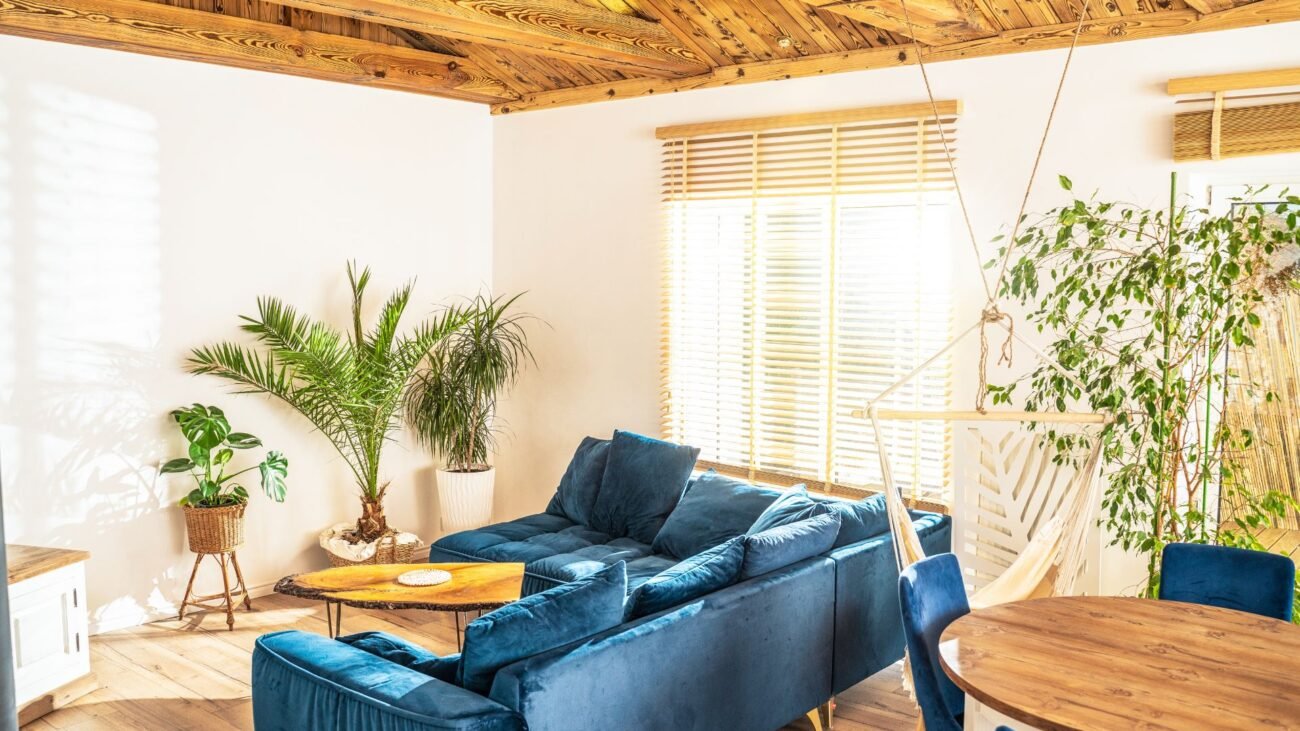
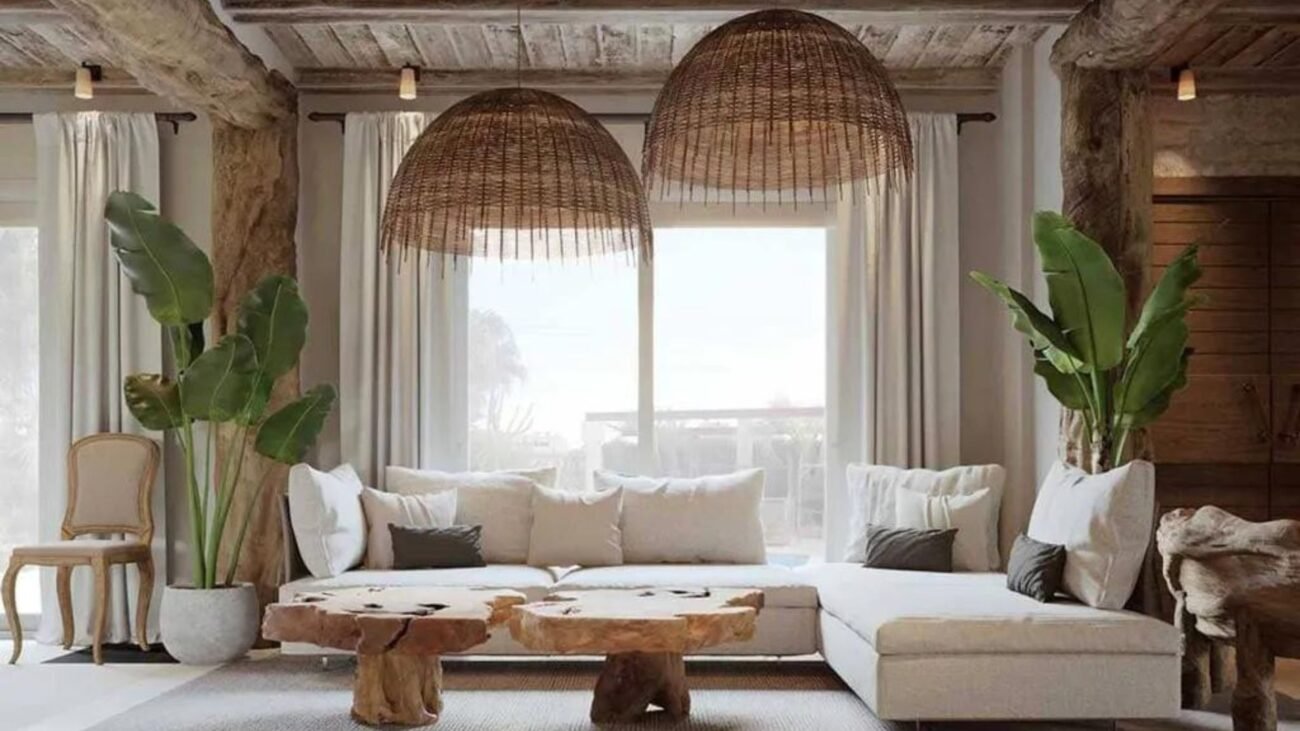
The vibrant green color of foliage… brings about a vast Mediterranean space.
Mediterranean design incorporates natural materials and elements inspired by nature
This design features limestone, mosaic tiles, and wrought iron. It also includes ceramics, natural wood, bamboo, and rattan.
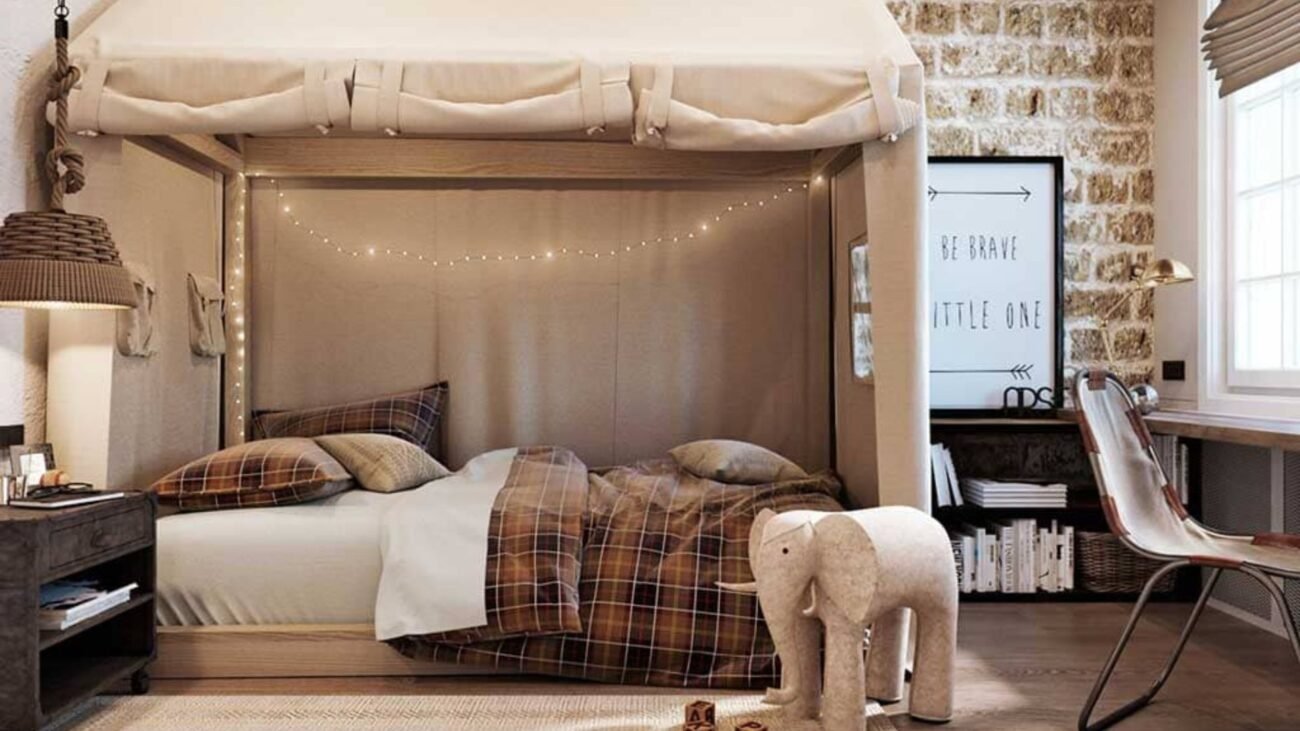
1.4. Create focal points on the walls:
The walls of the house are one of the main places to decorate a room in Mediterranean design. Walls are often adorned with paintings to create prominent focal points in the room.
Also, Faux stucco walls are a popular choice for this style. Gypsum board panels with artistic layers create striking lighting effects.
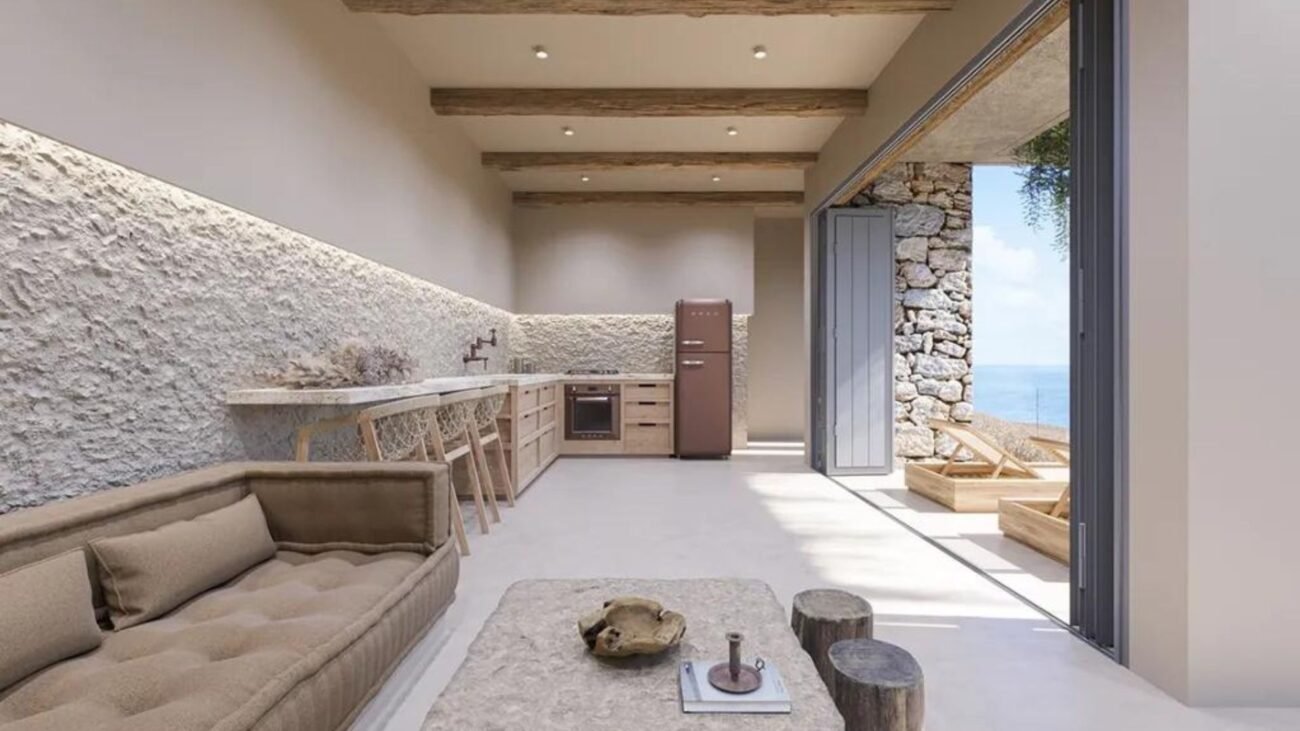
1.5. Archway doors in the Mediterranean style:
In Italy and Greece, interior door frames display curved vaults overhead. Drawing inspiration from this, vaulted door designs are also incorporated into Mediterranean design. Gentle arches on door frames bring warmth to a home’s atmosphere.
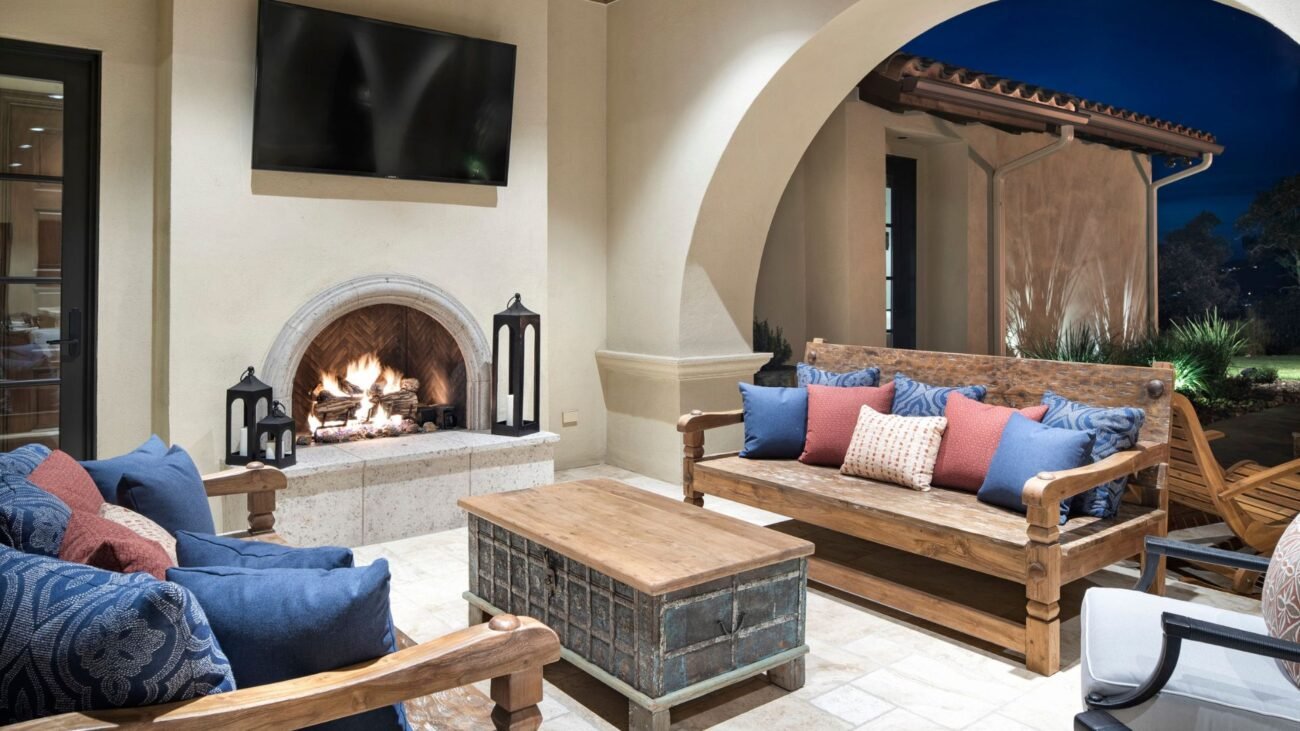
2. Bringing the essence of Mediterranean style into interior spaces:
2.1. Living Room:
The living room is often arranged with a sofa in the middle of the room. To prevent obstructing pathways, we place furniture along the walls. You can create focal points in the living room with ceiling lights or wall decorations. Blue and white curtains and wallpaper would complement a wooden floor.
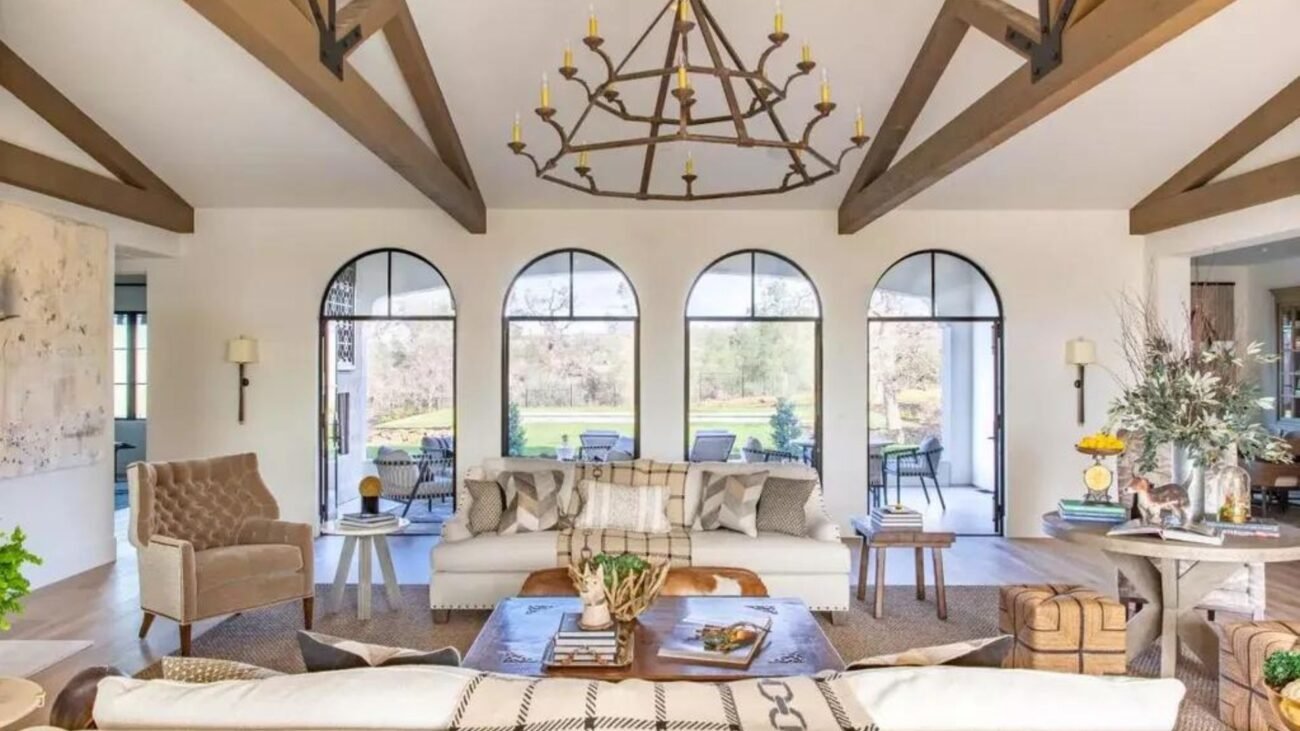
Space in the house dictates the wood floor color choice. If the house is spacious, you can opt for warm-toned flooring. If the house is small, light-toned flooring will help make the space appear more expansive.
Mediterranean design makes any living room light, romantic, and elegant.
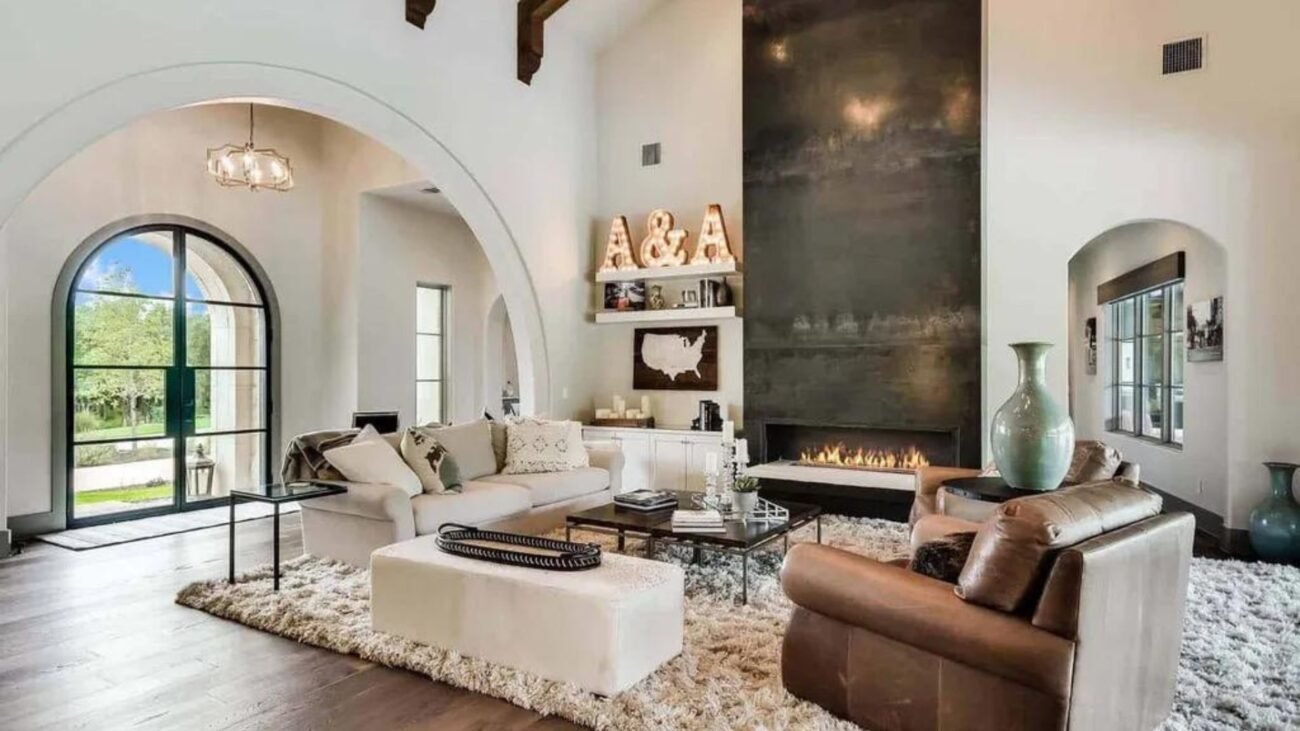
Floor rugs create a distinctive focal point.
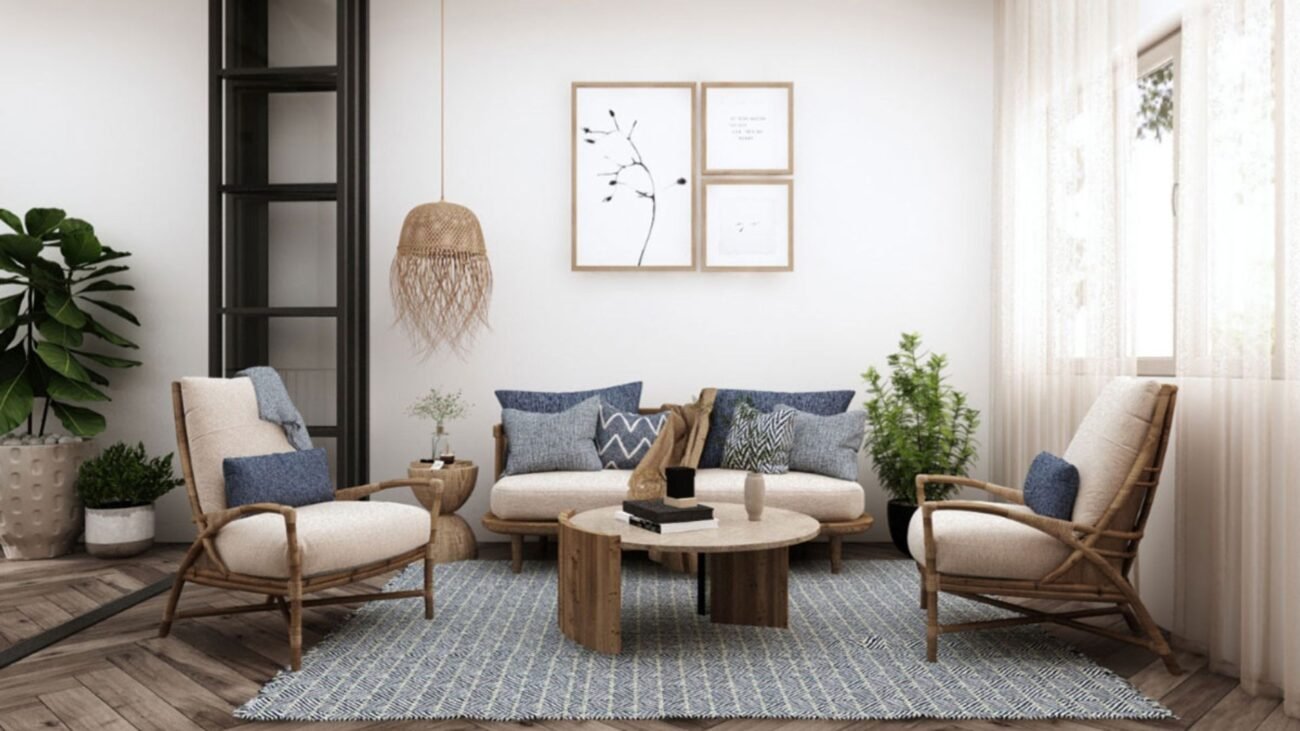
Furniture often aims for simplicity, neatness, rustic charm, and natural appeal
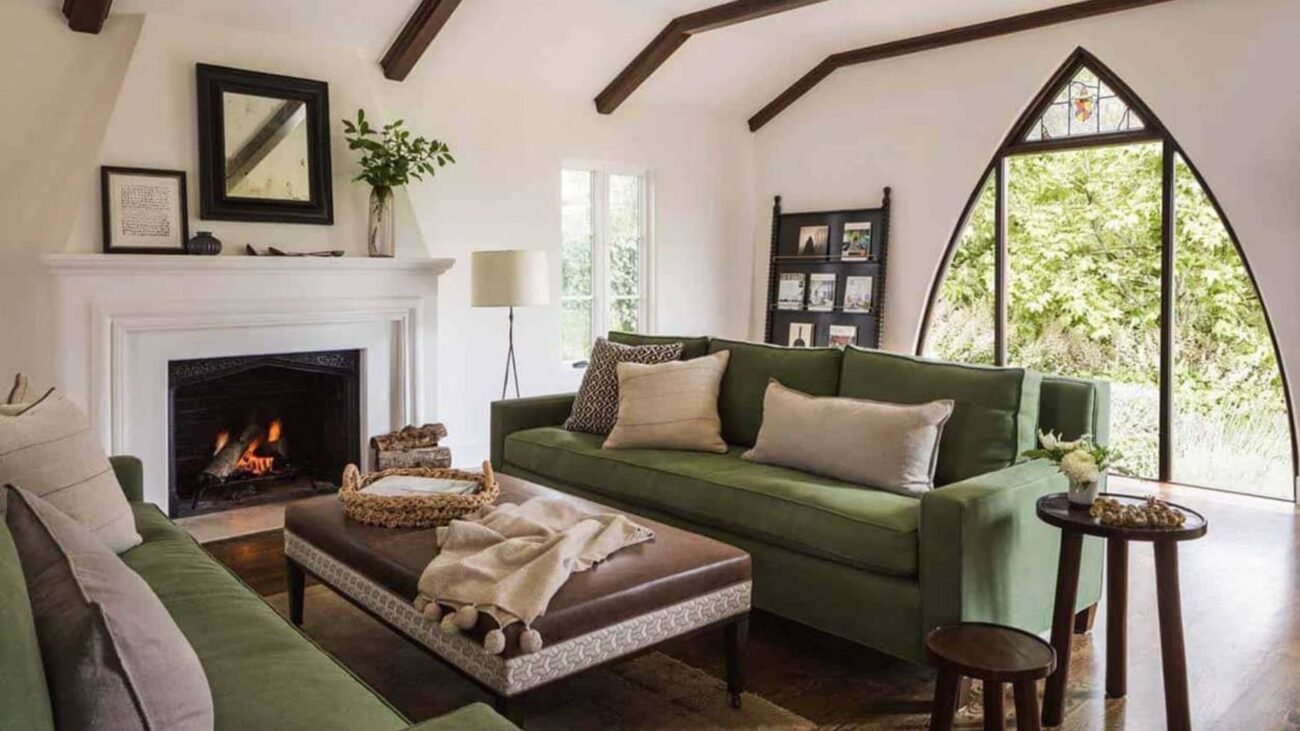
A living room with arched doorways opening to the outside to welcome sunlight is a hallmark of Mediterranean style.
2.2. Bedroom:
Mediterranean architecture favors maximizing natural light. So, this bedroom style may not suit those who prefer soft, subdued lighting.
This Mediterranean style features wide arched windows with white curtains. It brings a gentle, refined beauty to the bedroom.
In the bedroom, bright white tones create a relaxing space. For a unique touch, use rich orange and vibrant blue. These colors draw from Spanish and Moorish influences.
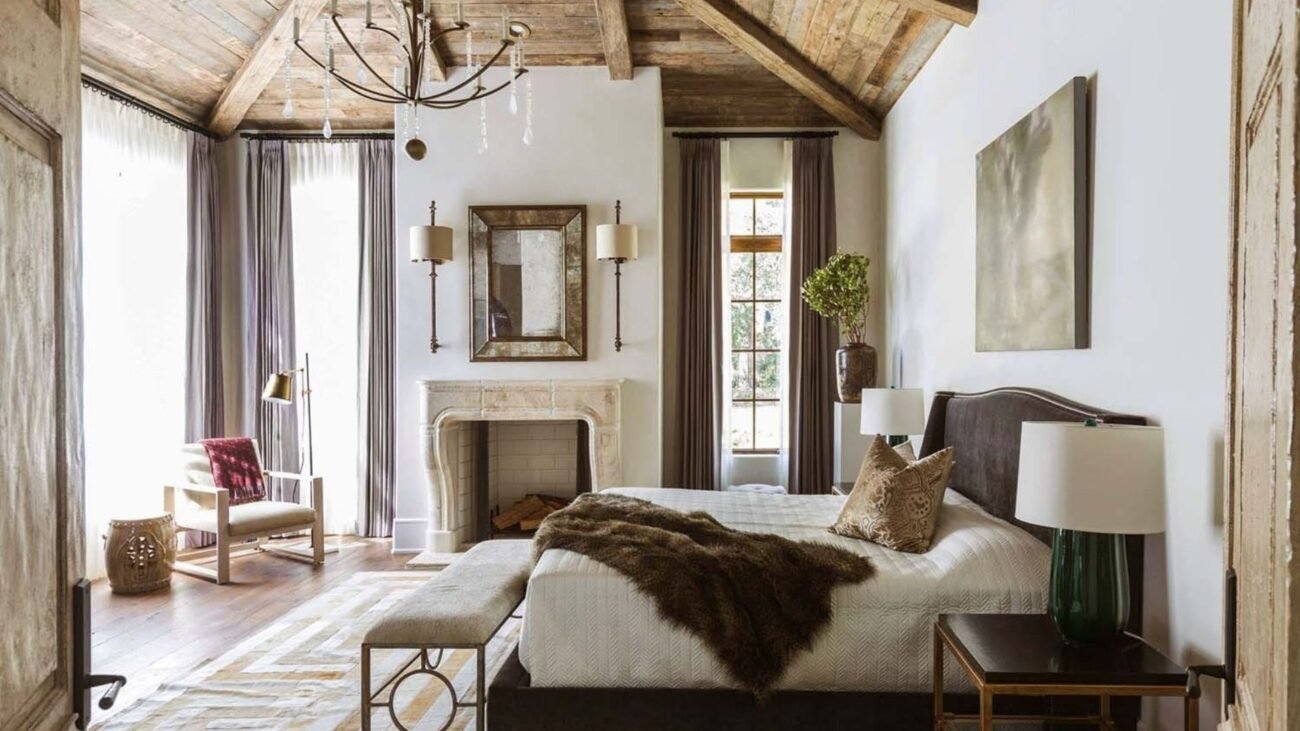
A Mediterranean-style bedroom is filled with sunlight.
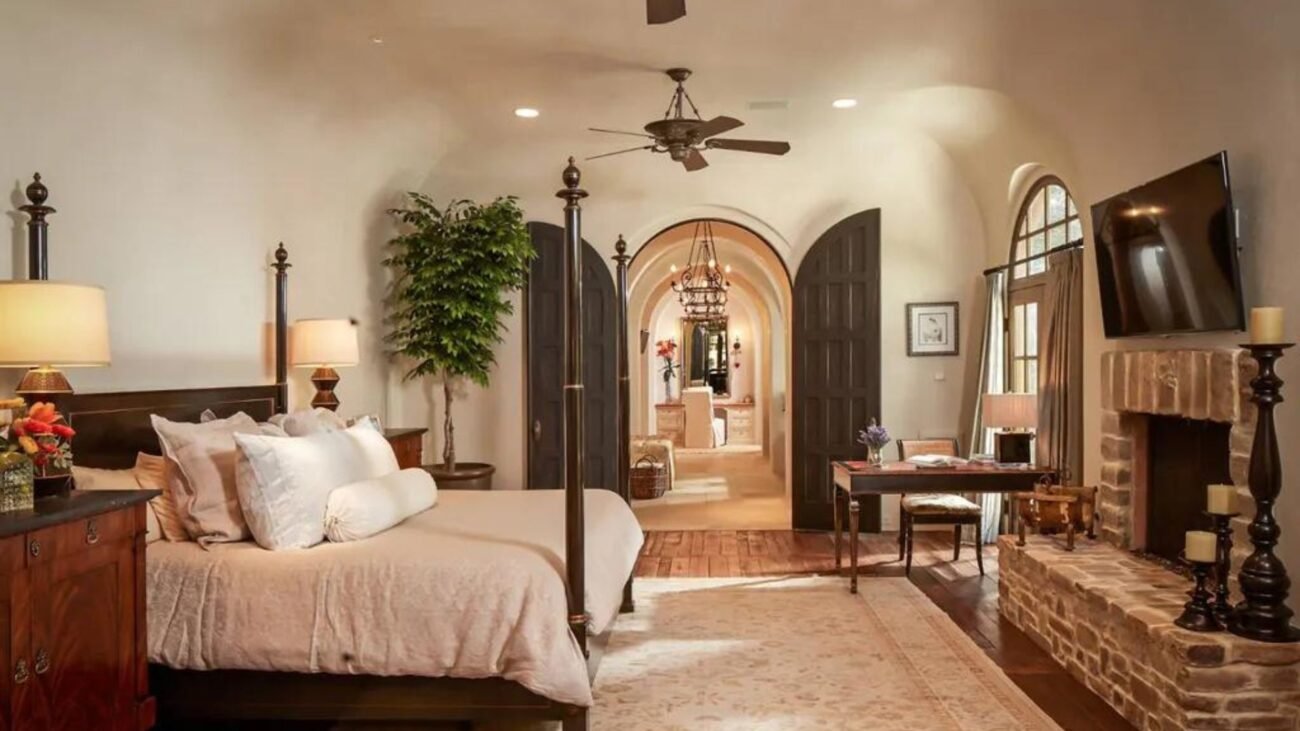
A classic Mediterranean-style bedroom
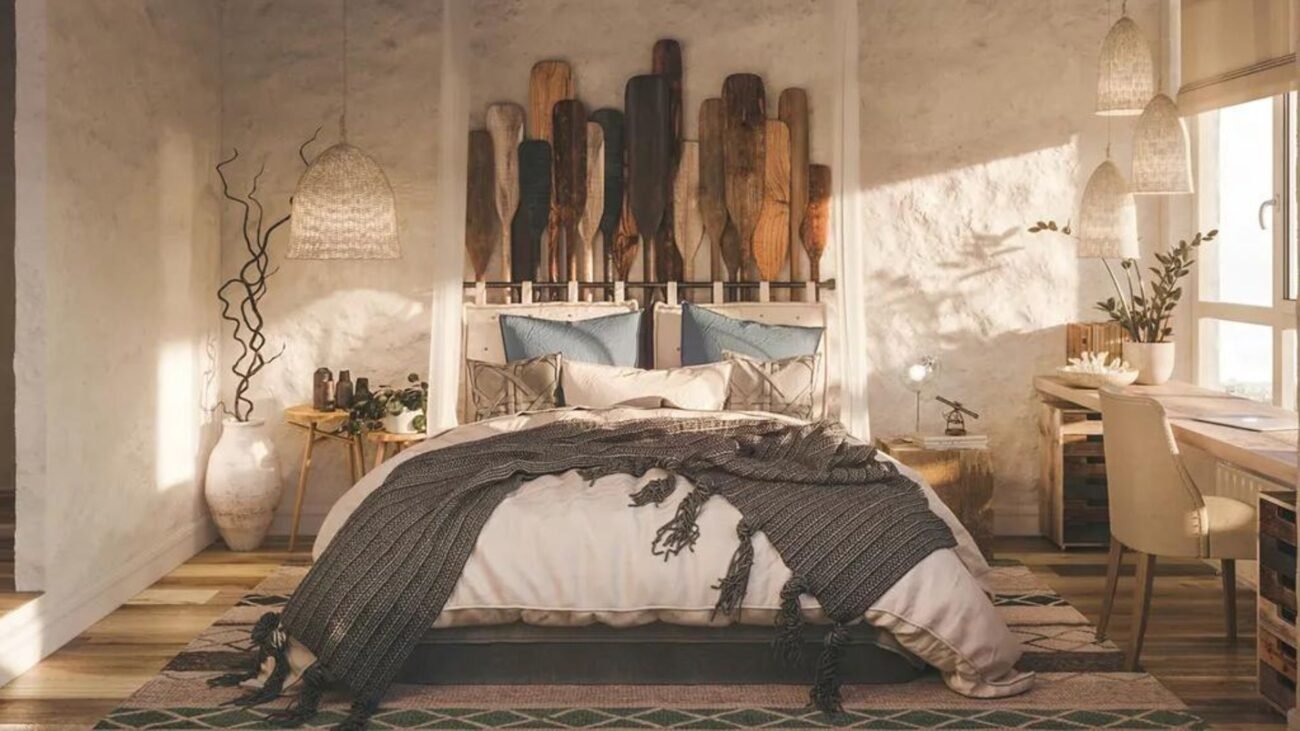
A bedroom combining various unique natural materials
2.3. Combines dining room with kitchen room:
Mediterranean design kitchen furniture features rugged designs made from wood and stone. The kitchen space tends to be gentle, evoking memories of family vacations.
A white kitchen wall works well for Mediterranean design. White reflects light, and plenty of natural light is key to this look.
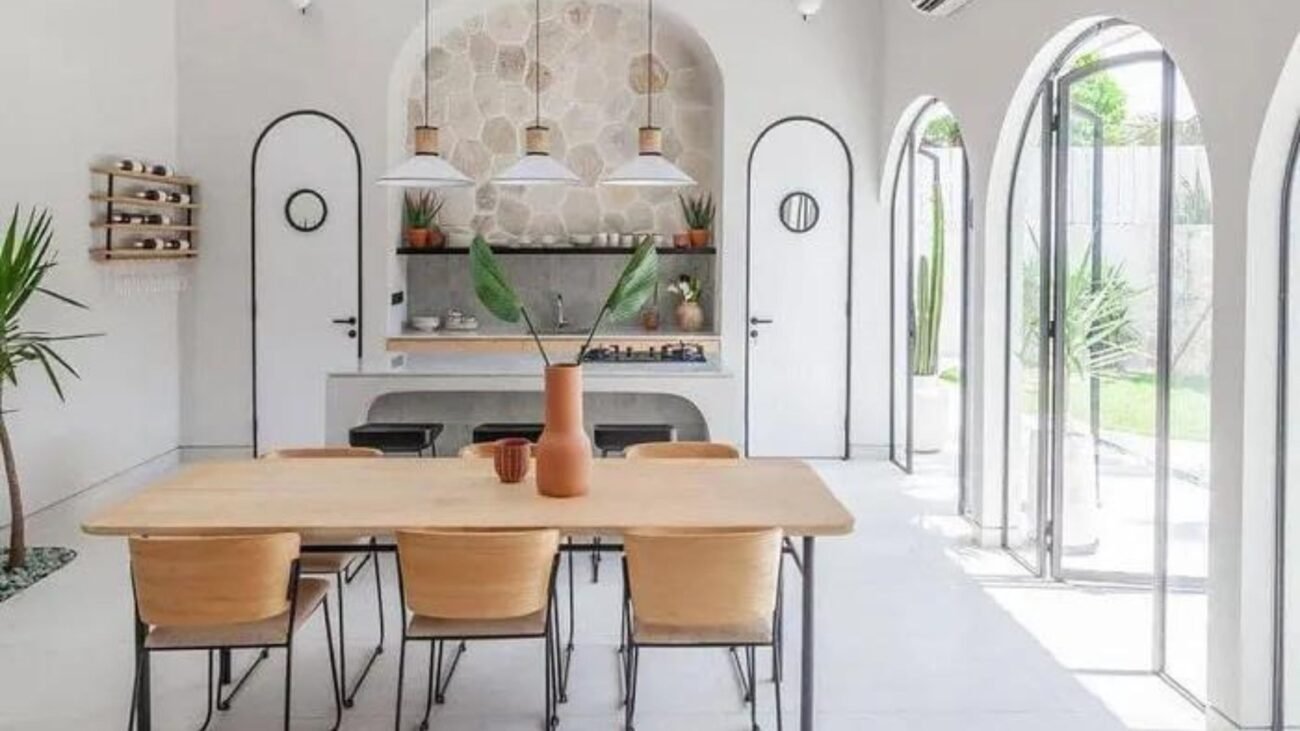
Additionally, you can combine colors like terracotta, blue, green, olive, and beige. These colors highlight natural elements such as the sea, grass, and sand.

A kitchen with white as the dominant color
In Mediterranean design, the dining room is often next to the kitchen. It matches the colors of the kitchen decor. Dining tables are usually made of wood or iron. These materials keep the space minimalist and modern.
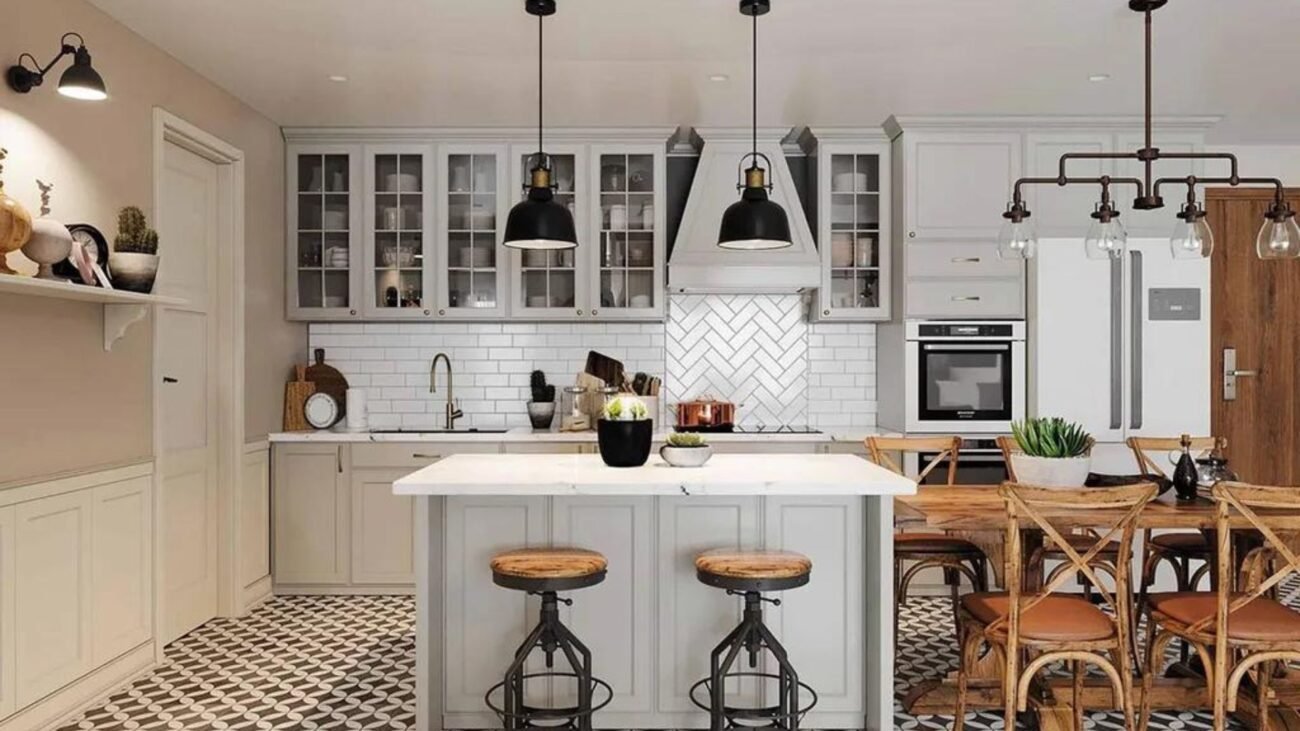
2.4. Garden:
A Mediterranean design apartment needs an outdoor space to relax. It also requires a spacious hallway.
The soft green lawn and the winding path in Mediterranean gardens strike visitors. The path is often paved with traditional terracotta tiles. Next, you notice the colorful plants catching your eye. They form spontaneous patterns, infused with playful touches.
Finally, the garden’s focal point is simple furniture. It may be wooden, woven rattan, or artistic iron. This cozy corner is where family members unwind, share moments, and enjoy tranquility.
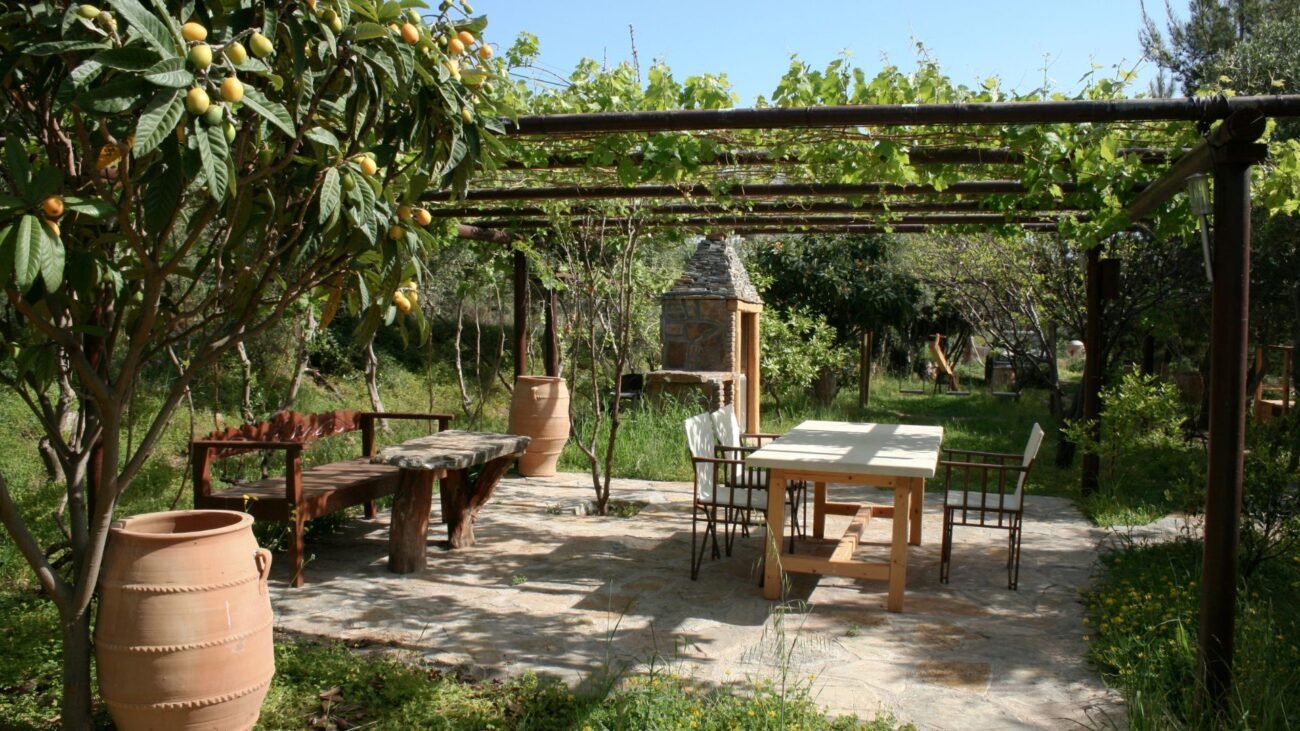

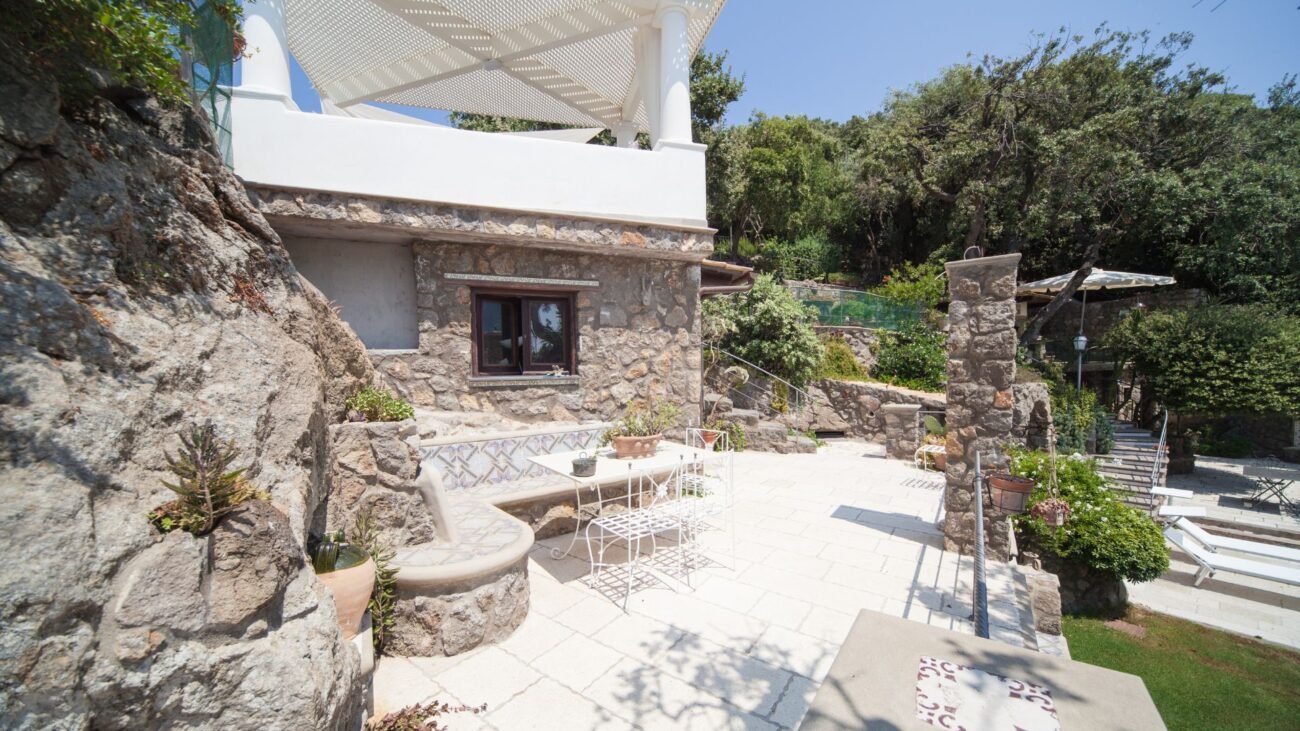
Mediterranean interior design offers a unique charm. It appeals to homeowners who want their homes to stand out and avoid monotony.
>> Learn more: Bohemian Home Decor: Crafting Freedom Within Your Home


